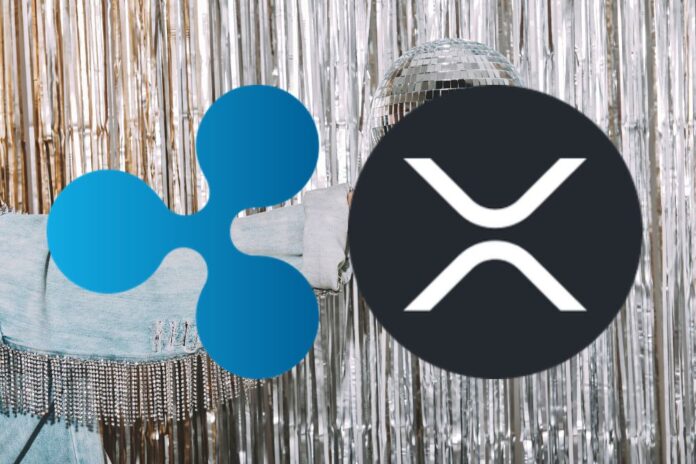Software engineer Vincent Van Code recently provided a detailed explanation on social media regarding the role of RLUSD within the XRP Ledger (XRPL) and why it is not positioned to replace XRP as a bridge asset.
His comments focused on how the XRPL handles liquidity, currency pairing, and cross-border settlement, distinguishing the functionalities of native XRP from issued stablecoins like RLUSD.
Stablecoin Pairing Complexity Versus XRP Efficiency
Van Code began by highlighting the complexity that would arise if stablecoins like RLUSD were used as the primary means for cross-currency transactions. He explained that for every fiat-backed stablecoin issued on the XRPL—such as RLUSD, RLJPY, RLEUR, RLAUD, and RLCAD—currency exchange between them would require multiple individual trading pairs.
Specifically, five stablecoins would require 25 separate trading pairs to enable direct exchange between each currency. Every pair would, in turn, demand its own dedicated liquidity pools and order books.
According to Van Code, this configuration introduces significant inefficiencies as liquidity would be fragmented across these multiple pairs. Without a unifying asset, the volume is divided, leading to thinner liquidity on each trading pair. Thinner liquidity tends to result in wider spreads, less price stability, and inconsistent clearance rates.
XRP as a Unified Bridge Asset
In contrast, Van Code emphasized the role of XRP as a single bridge asset within the XRPL. When XRP is used to connect the same five fiat currencies, only five trading pairs are needed—each fiat currency paired against XRP.
This model centralizes liquidity into fewer order books, enhancing overall depth and efficiency. More liquidity in each pair leads to tighter spreads and more stable conversion rates, which is critical for the performance of a payments-focused blockchain like XRPL.
We are on twitter, follow us to connect with us :- @TimesTabloid1
— TimesTabloid (@TimesTabloid1) July 15, 2023
XRPL’s Native Settlement Features
Van Code also pointed to the XRPL’s technical capabilities that enhance the use of XRP for these functions. He noted that the ledger utilizes features like auto-bridging and atomic settlements, which allow trades to settle automatically across order books and liquidity pools.
Through auto-bridging, the XRPL can convert RLUSD to RLJPY by routing through XRP without requiring users to manually handle the conversion process. These features operate in a decentralized manner, meaning no centralized party is responsible for matching and settling trades.
According to Van Code, this functionality underscores the purpose-built design of XRP and the XRPL. He described the blockchain as fundamentally different from other digital assets, stating that XRP is not merely a token similar to BTC. Instead, XRP and its native infrastructure are engineered specifically to facilitate cross-border and cross-asset transfers in a streamlined and decentralized way.
In summary, Vincent Van Code’s post articulates the structural advantages of using XRP over stablecoins like RLUSD for bridging currencies on the XRPL. His comments offer a perspective rooted in the technical design of the ledger and provide a rationale for why XRP continues to serve a central role in its ecosystem.
Disclaimer: This content is meant to inform and should not be considered financial advice. The views expressed in this article may include the author’s personal opinions and do not represent Times Tabloid’s opinion. Readers are urged to do in-depth research before making any investment decisions. Any action taken by the reader is strictly at their own risk. Times Tabloid is not responsible for any financial losses.
Follow us on X, Facebook, Telegram, and Google News


